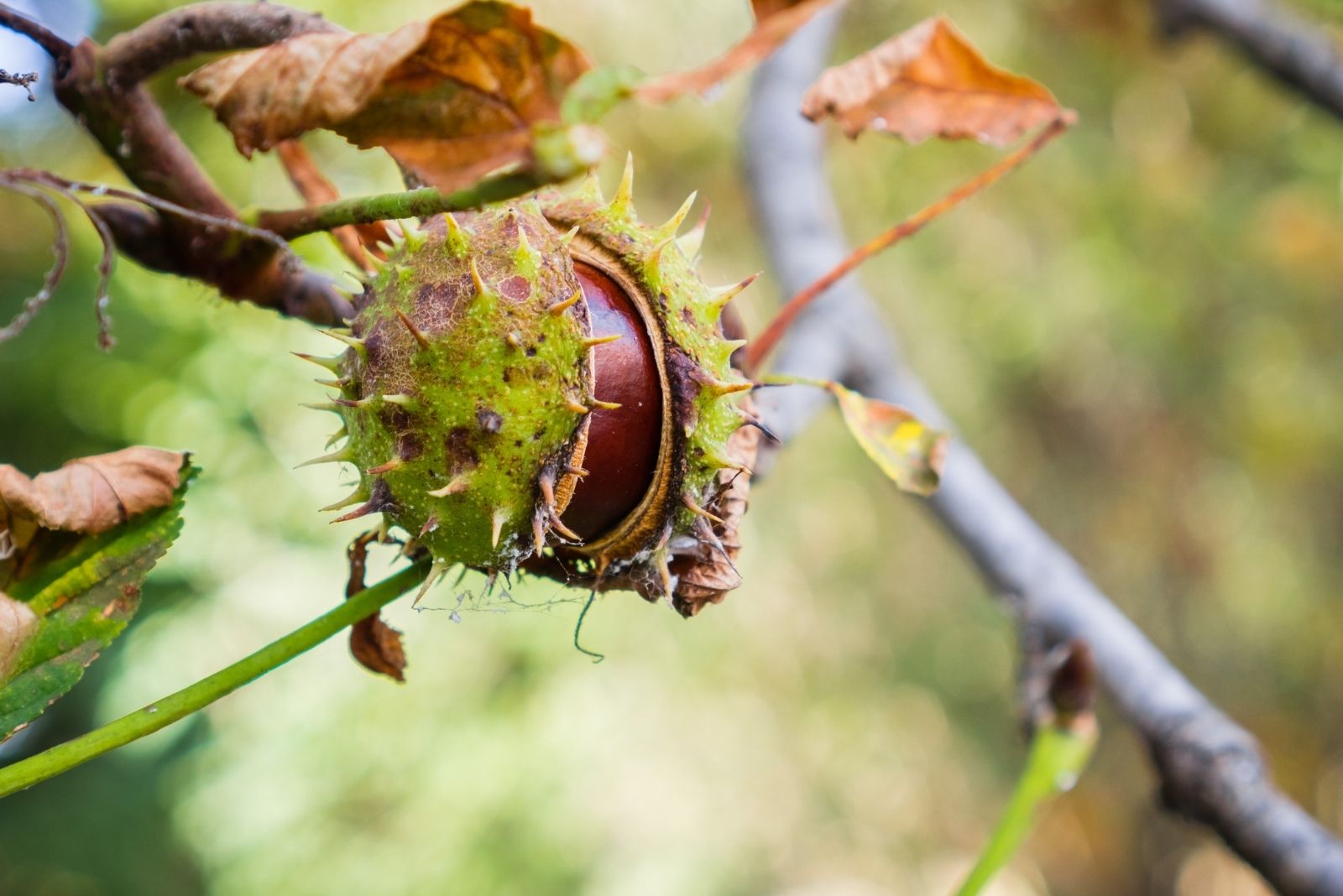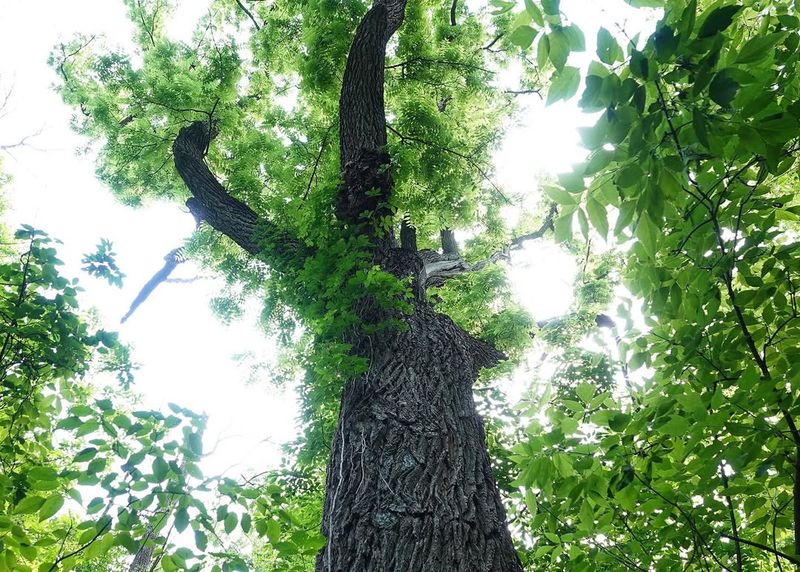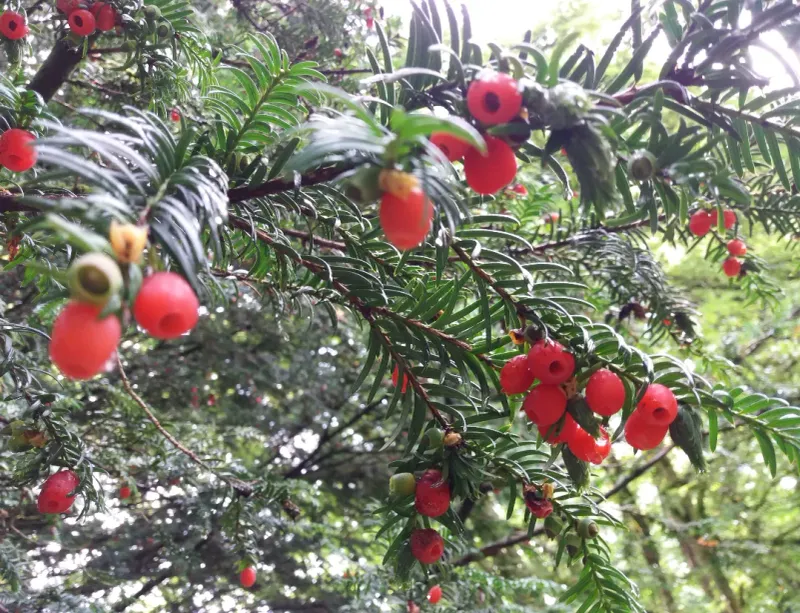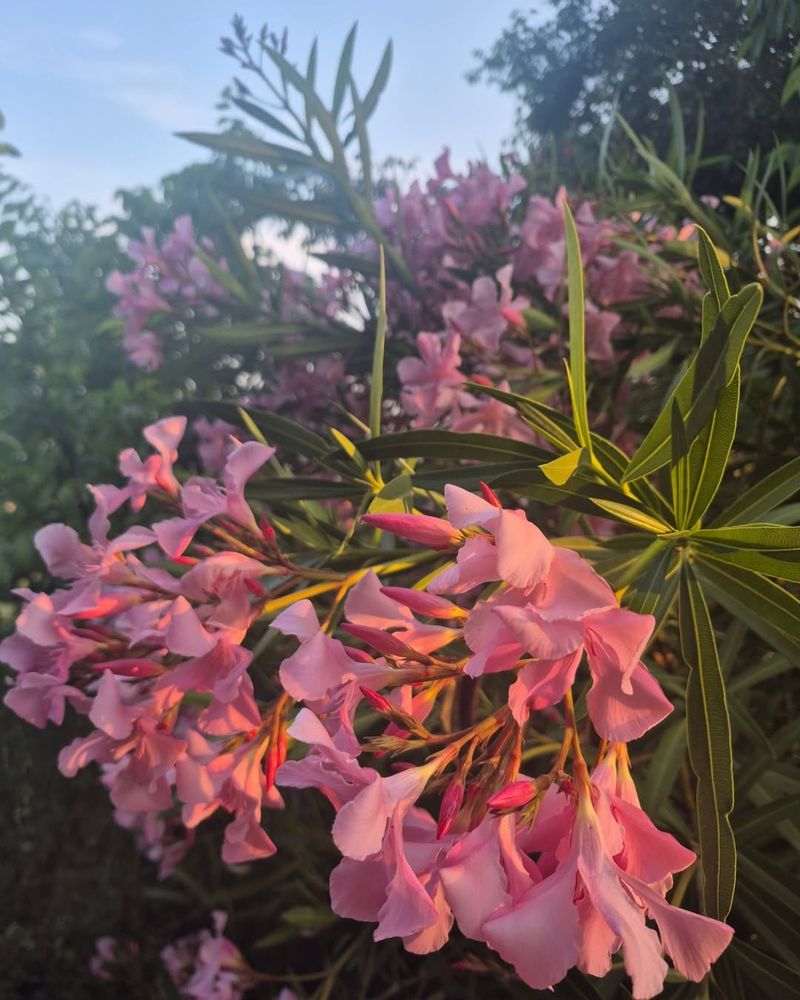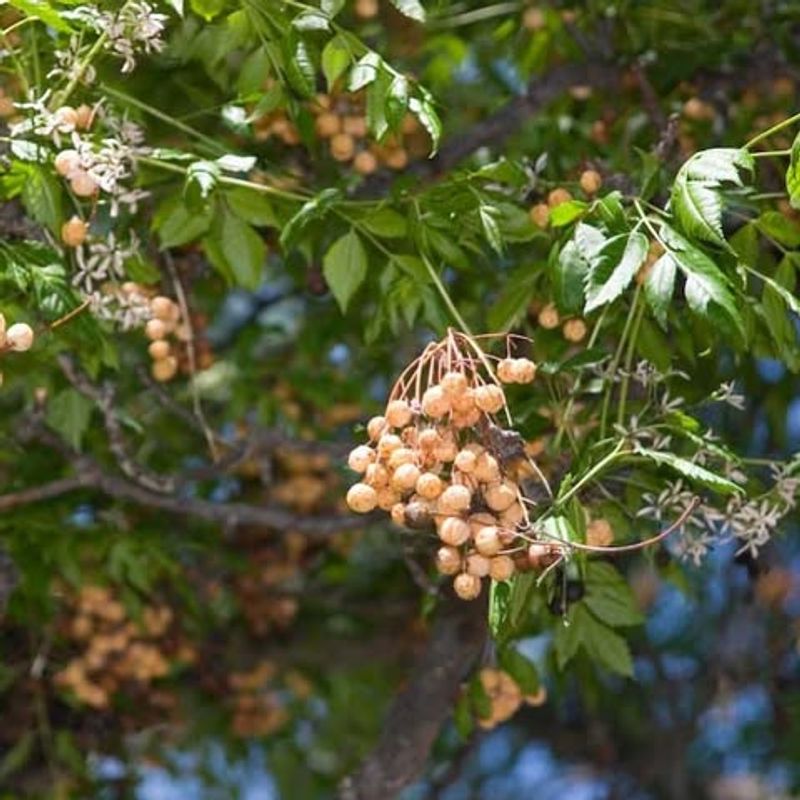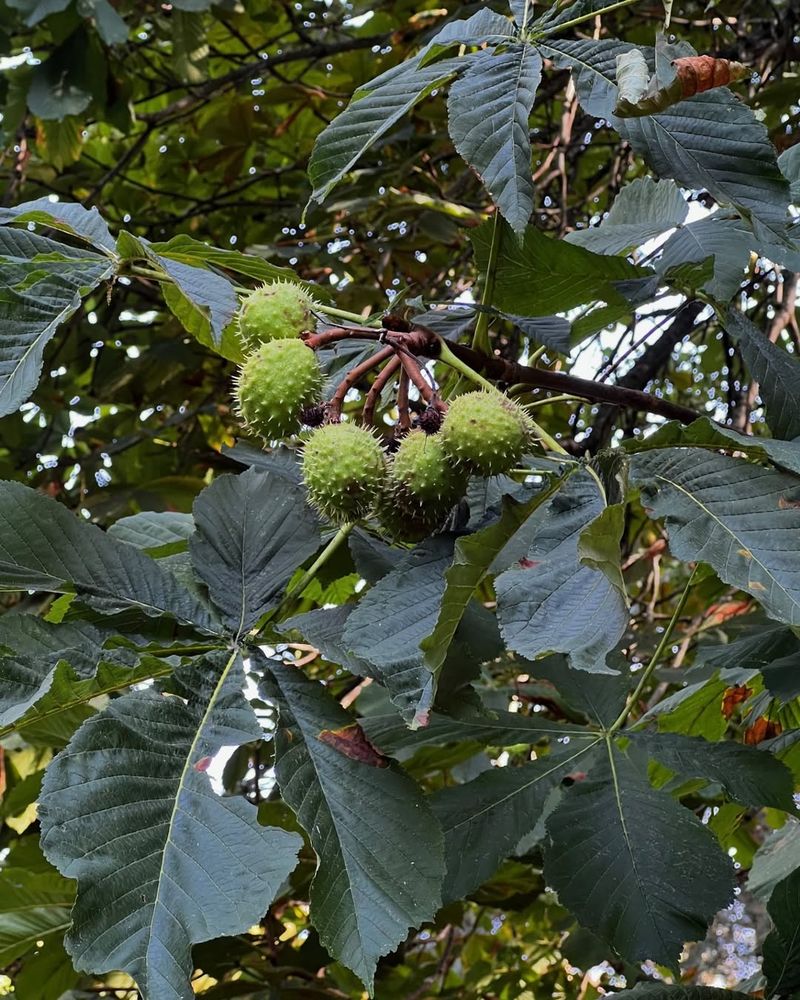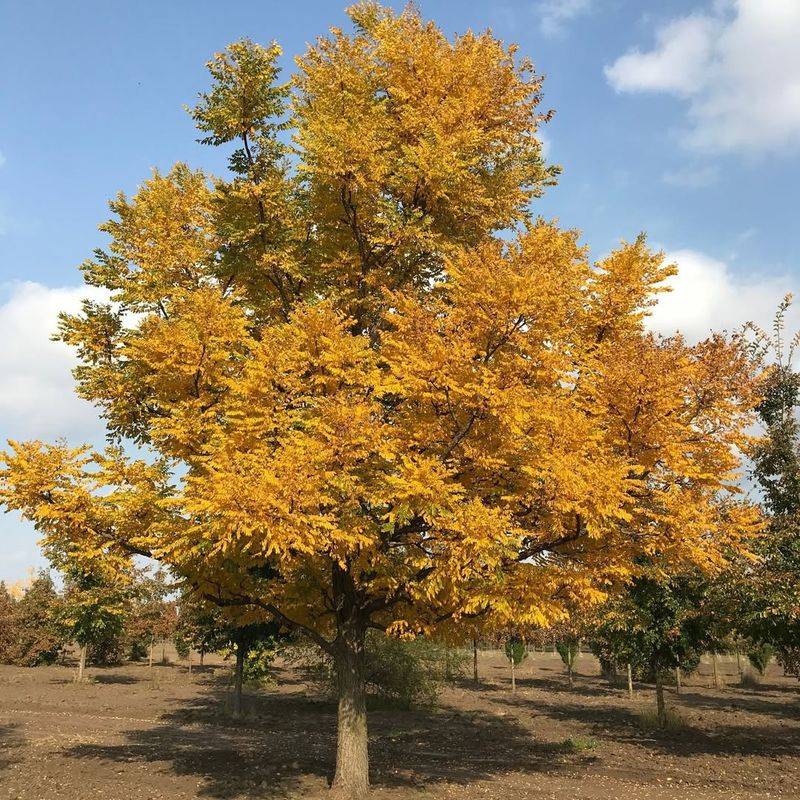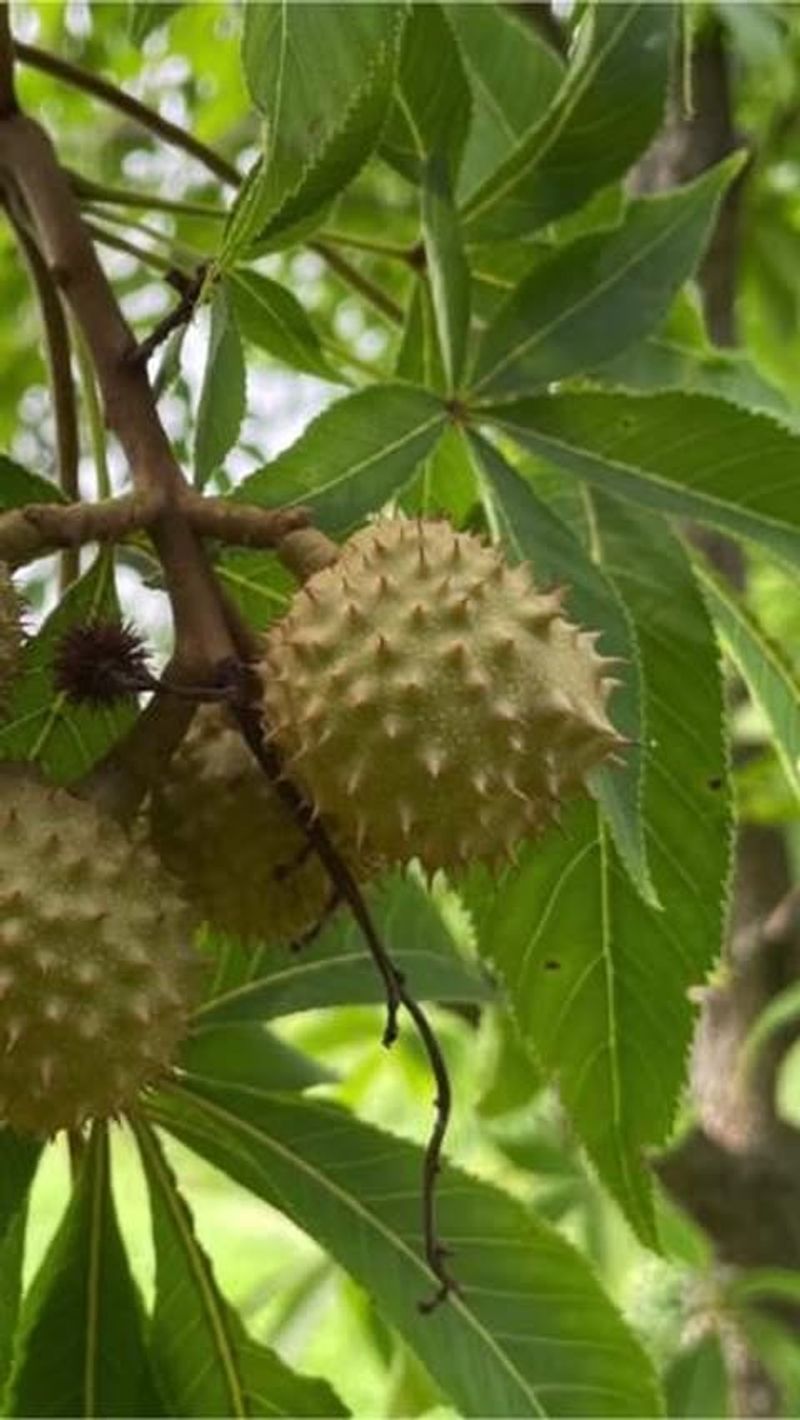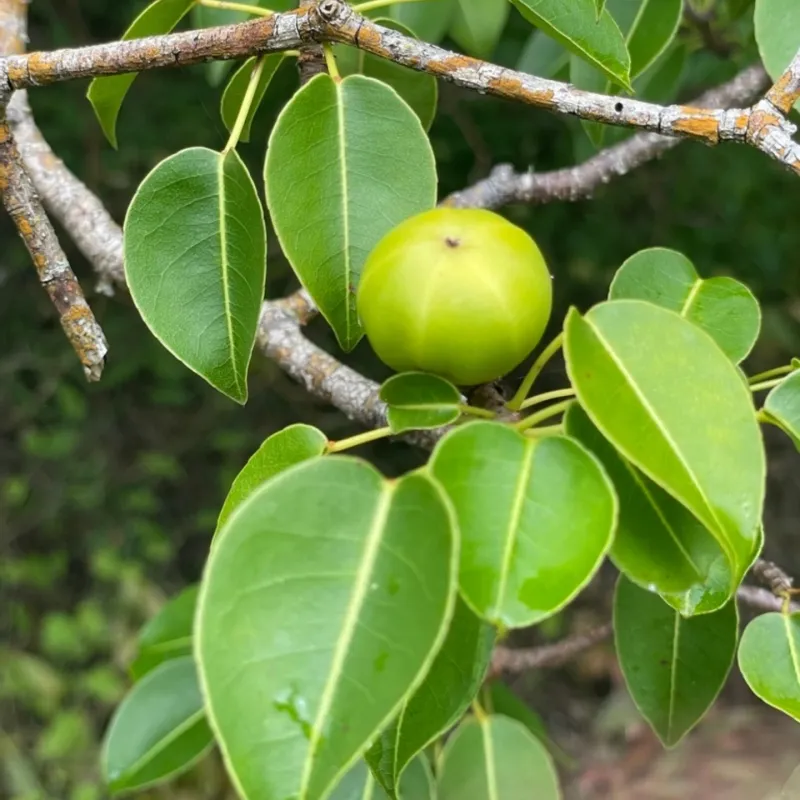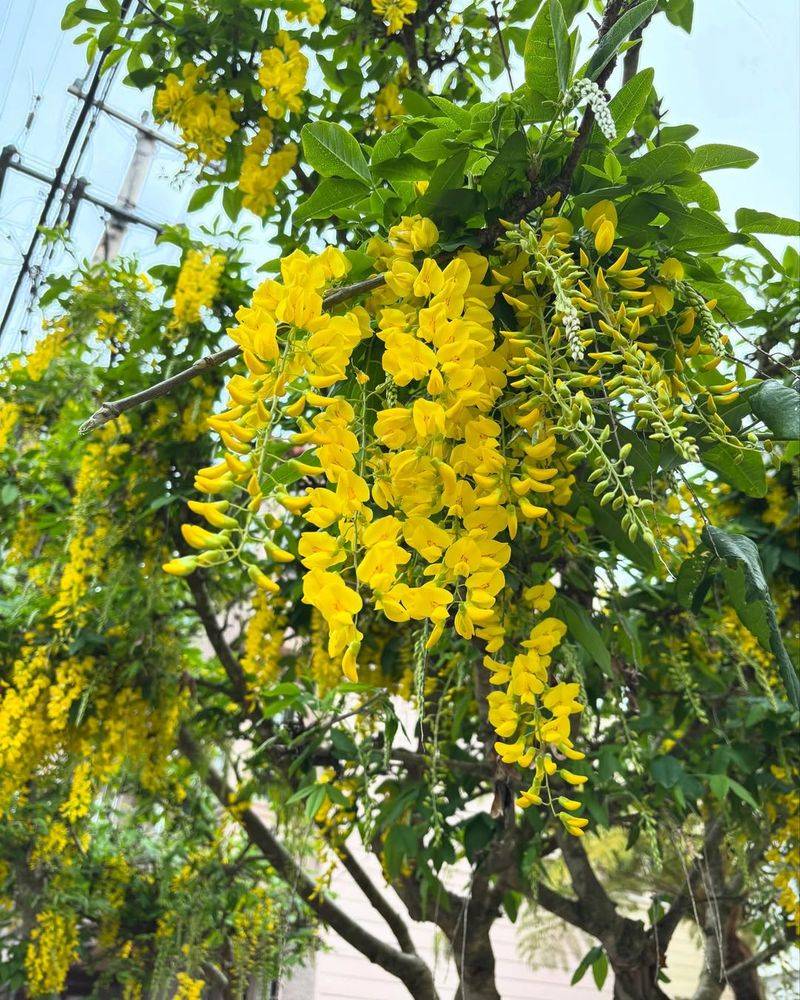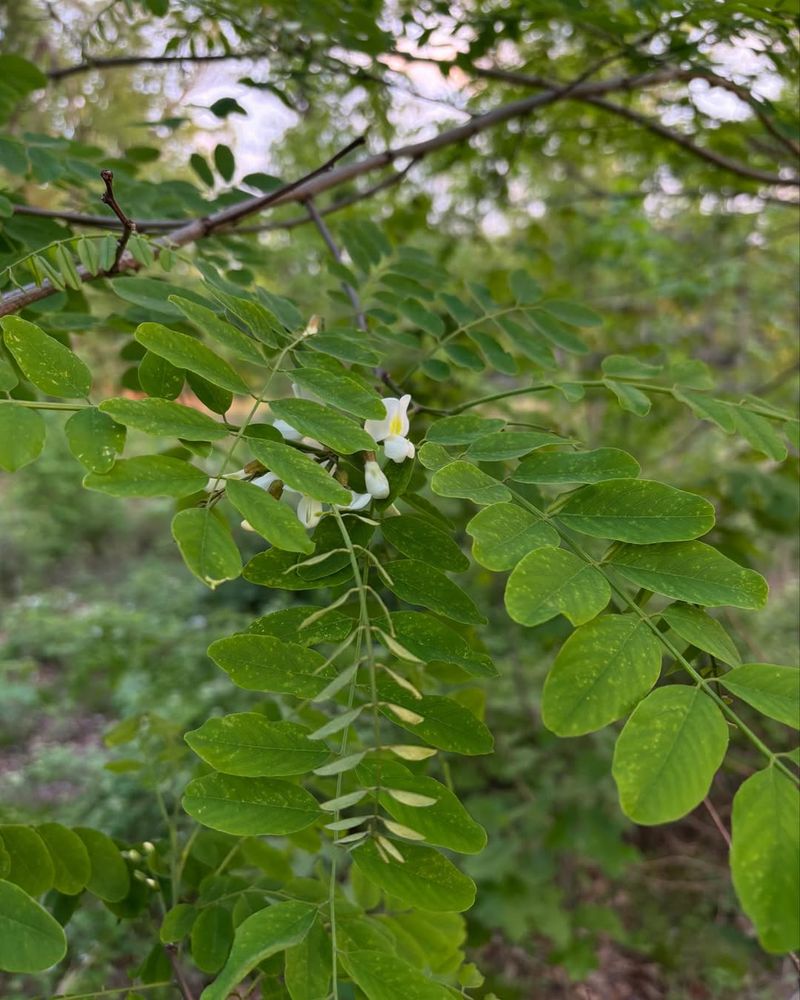Delaware homeowners take pride in their yards, often adding trees for shade, beauty, and privacy. However, not all trees are safe choices, especially if you have children or pets who play outside.
Some species contain toxins in their leaves, bark, seeds, or sap that can cause serious health problems.
In my own Delaware backyard, I realized that even seemingly harmless ornamental trees could pose risks to children or pets, which changed how I approached landscaping decisions.
1. Black Walnut
Many homeowners love the idea of growing their own nuts, but black walnut trees come with hidden dangers. The roots, leaves, and husks contain juglone, a compound toxic to many garden plants and potentially harmful to horses if they ingest the shavings or nuts.
For me, noticing the fallen seeds made me rethink planting this tree near play areas. Children might be tempted to crack open the interesting-looking husks, exposing their skin to staining compounds and potential irritants.
Delaware gardens often include tomatoes, peppers, and azaleas, all of which suffer when planted near black walnuts. The toxin spreads through soil, killing neighboring plants within the tree’s root zone.
2. Yew
Yews are popular evergreens in Delaware landscapes because they tolerate shade and look attractive year-round. What many don’t realize is that nearly every part of this plant is dangerously poisonous, containing taxine alkaloids that affect the heart.
Even a small amount of yew foliage can be fatal to pets and livestock. I’ve seen neighbors trim these shrubs without gloves, unaware that handling the needles repeatedly could cause skin irritation or worse if ingested accidentally.
The bright red berries are especially tempting to curious children. While the fleshy part is less toxic, the seed inside is deadly, making yews a poor choice near family gathering spaces.
3. Oleander
Oleander’s beautiful flowers make it a tempting addition to Delaware yards, especially in protected microclimates. Every part of this ornamental contains cardiac glycosides powerful enough to cause heart failure in humans and animals.
Burning oleander branches releases toxic smoke that can sicken anyone nearby. A neighbor once told me about accidentally using pruned oleander as kindling, which sent her family to urgent care with respiratory distress.
Even the nectar attracts bees, and there are reports of honey becoming contaminated. Children playing near oleanders might break off stems, releasing milky sap that causes severe skin reactions and dangerous symptoms if touched to the mouth.
4. Chinaberry
Chinaberry trees grow quickly and produce shade fast, which appeals to new Delaware homeowners wanting instant results. The problem lies in those attractive yellow berries that appear in fall and persist through winter, littering lawns and sidewalks.
Birds sometimes eat the fruit and become disoriented or sick. Pets and children face even greater risks, as just a handful of berries can cause vomiting, seizures, and potentially fatal poisoning.
I’ve watched kids collect the round fruits thinking they’re marbles or toys. The tree also spreads aggressively, popping up in flower beds and crowding out safer native species that Delaware wildlife actually needs.
5. Horse Chestnut
Horse chestnuts produce those fascinating spiky pods that kids love to crack open, revealing shiny brown seeds inside. Unfortunately, these seeds contain aesculin and other toxins that cause nausea, muscle twitching, and digestive problems when eaten.
Delaware children often confuse them with edible sweet chestnuts, which is where the real danger begins. The similarity in appearance has led to accidental poisonings when families attempt to roast and eat them during fall gatherings.
Even handling the seeds repeatedly can irritate skin. I learned this after watching neighborhood kids collect buckets of chestnuts for craft projects, only to develop rashes on their palms from the natural compounds leaching out.
6. Kentucky Coffee Tree
Despite its interesting history and attractive foliage, the Kentucky coffee tree produces large pods filled with toxic seeds. Raw seeds and pulp contain cytisine, which causes severe vomiting, irregular heartbeat, and neurological symptoms.
Historically, settlers roasted the seeds heavily to neutralize toxins, but doing this incorrectly remains dangerous. Modern Delaware homeowners rarely know this preparation method, making the fallen pods a hazard when curious pets or children investigate them.
The large pods create significant yard cleanup work each autumn. I’ve noticed they attract wildlife looking for food, which then become sick after consuming the unprocessed seeds scattered across lawns and driveways throughout winter months.
7. Buckeye
Buckeye trees are native to parts of the region and produce those iconic shiny brown nuts with distinctive light patches. All parts contain glycosides that cause vomiting, diarrhea, paralysis, and potentially coma if consumed in quantity.
Children find the smooth nuts irresistible to collect and carry in pockets. Some even try cracking them open or putting them in their mouths, which is when poisoning incidents occur in Delaware neighborhoods.
Squirrels seem to handle buckeyes better than domestic animals do. I’ve watched dogs grab fallen nuts during yard play, requiring emergency vet visits when they chewed through the shells and swallowed pieces of the toxic flesh inside.
8. Manchineel
While rare in Delaware, some enthusiasts attempt growing manchineel in greenhouses or protected areas, unaware it’s considered the world’s most dangerous tree. The milky sap causes severe burns, blistering, and temporary blindness on contact.
Standing under this tree during rain can result in skin damage from dripping sap. Even burning the wood produces toxic smoke that damages eyes and lungs, making disposal extremely hazardous once planted.
The small apple-like fruits smell sweet and look edible but cause mouth blistering, throat swelling, and digestive agony. Honestly, this tree has no place in any residential setting, regardless of how exotic or interesting it might seem to collectors.
9. Laburnum
Laburnum’s cascading yellow flower chains create stunning spring displays in Delaware gardens, earning it the nickname golden chain tree. Every part, especially the seeds in those dangling pods, contains cytisine, causing convulsions and breathing difficulties.
The seeds look like small beans inside long pods that develop after flowering. Children sometimes pick the pods and play with them, not realizing that eating just a few seeds can require hospitalization.
I once admired a neighbor’s laburnum until learning about the toxicity. The tree drops pods throughout summer, and pets chewing on them out of boredom face life-threatening poisoning that requires immediate veterinary intervention and supportive care.
10. Black Locust
Black locust trees grow rapidly and produce fragrant white flowers, making them appealing for quick privacy screens. The bark, leaves, and seeds contain robin and robitin, toxins that cause weakness, depression, vomiting, and irregular heartbeat.
Sharp thorns on branches and trunk pose additional injury risks during pruning or when children climb. Delaware yards with black locusts often see livestock and pet poisonings when animals chew fallen branches or consume seed pods.
The wood is rot-resistant and valuable for fence posts, which explains the tree’s popularity. However, watching neighborhood dogs get sick after chewing locust twigs convinced me the risks outweigh benefits for family properties with active outdoor spaces.

